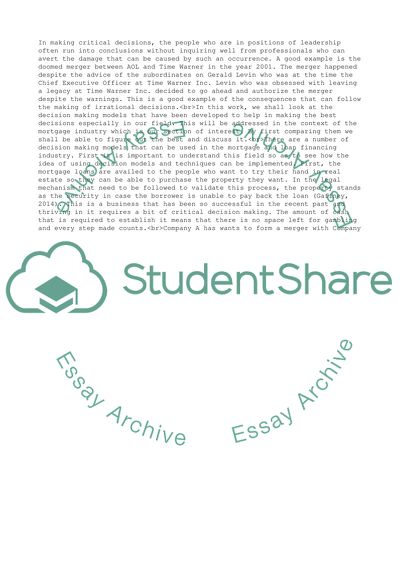Cite this document
(“Application of DECISION MAKING tools to MORTGAGE Industry Professional Coursework”, n.d.)
Retrieved from https://studentshare.org/management/1657186-application-of-decision-making-tools-to-mortgage-industry-professional-experience
Retrieved from https://studentshare.org/management/1657186-application-of-decision-making-tools-to-mortgage-industry-professional-experience
(Application of DECISION MAKING Tools to MORTGAGE Industry Professional Coursework)
https://studentshare.org/management/1657186-application-of-decision-making-tools-to-mortgage-industry-professional-experience.
https://studentshare.org/management/1657186-application-of-decision-making-tools-to-mortgage-industry-professional-experience.
“Application of DECISION MAKING Tools to MORTGAGE Industry Professional Coursework”, n.d. https://studentshare.org/management/1657186-application-of-decision-making-tools-to-mortgage-industry-professional-experience.


